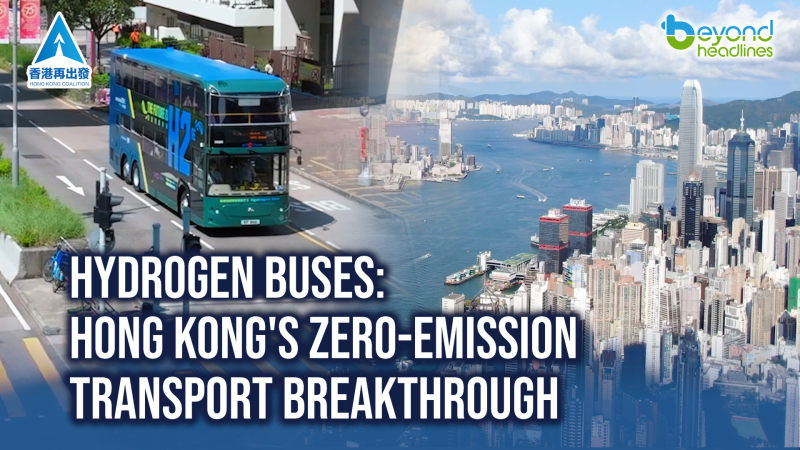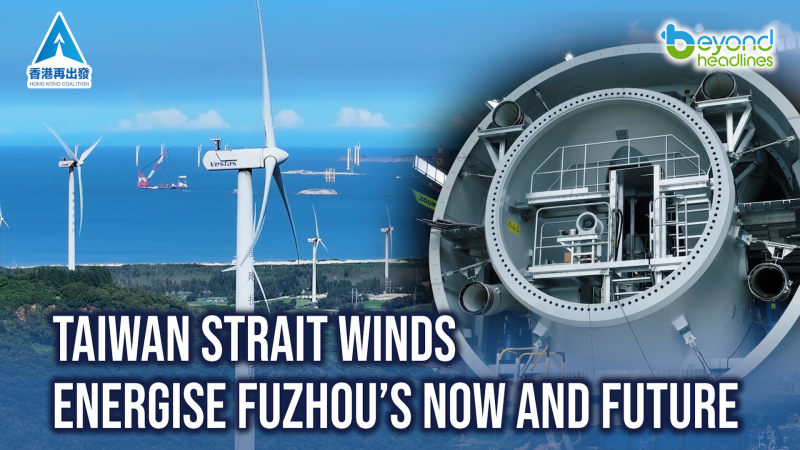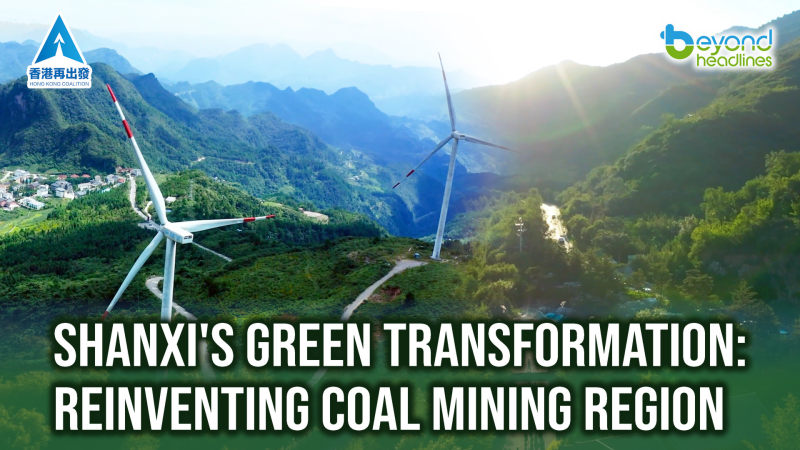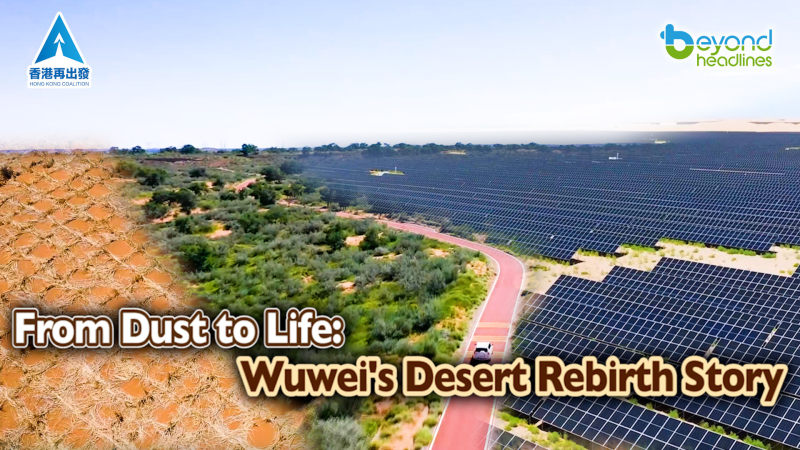Hydrogen, a high-quality, zero-carbon energy source, powers everything from electricity generation to steel production—and beyond.
Transportation contributes 20% of Hong Kong’s carbon emissions. Switching to new energy vehicles—like hydrogen fuel cell or electric models—could slash our carbon footprint.
Iris Wong / Host
When did Citybus introduce hydrogen buses?
Kason Li Ka-ming / Deputy Head of Engineering (Engineering Support and Technical Services), Citybus
We launched passenger services in February 2024. Citybus is committed to testing new energy transport options, finding the best solutions to cut emissions.
Hong Kong’s steep roads, heavy passenger loads—often at full capacity in peak hours—and long operating days (up to 18 hours) make hydrogen buses ideal. They refuel in 10 minutes and cover 400+ kilometers.
Here’s how it works: hydrogen from the tank enters the fuel cell, where atoms split into protons and electrons at a membrane. The electrons create an electric current, powering the motor.
Angus Lam Ming-chak/ Bus Captain, Citybus
Driving a hydrogen bus is smoother and more efficient. It’s lighter, with quicker acceleration and braking—improving passenger comfort and safety.
Hydrogen fuel cell technology is a game-changer: highly efficient, clean, and perfect for mobility. Its extended range makes it ideal for public transit and long-haul transport.











